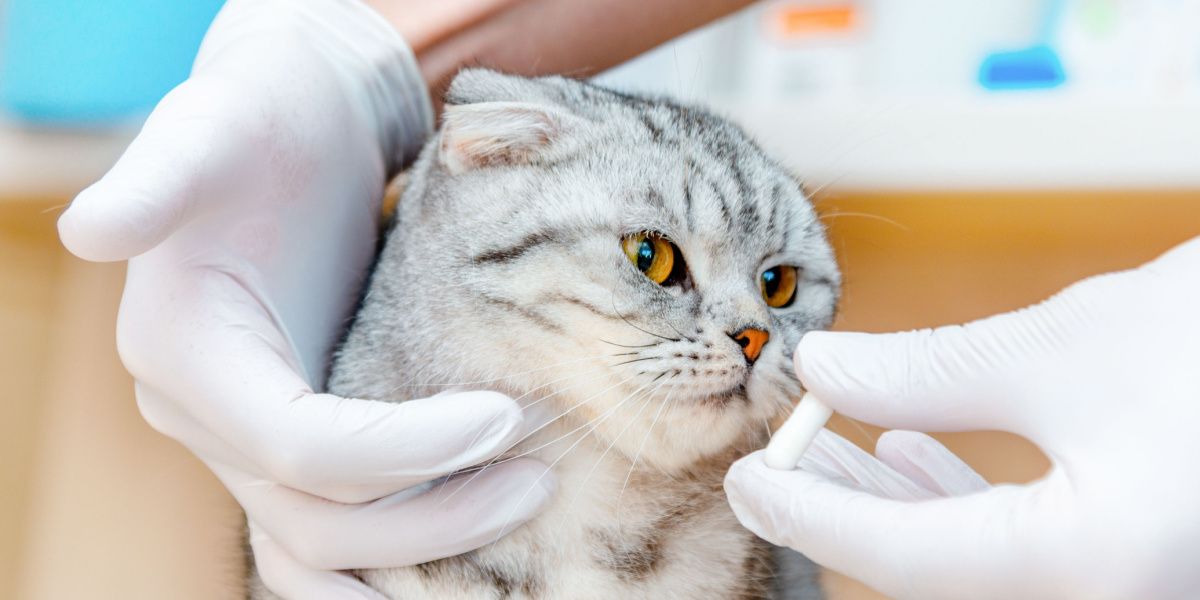
Azodyl is a nutritional supplement made by Vetoquinol USA that is designed to support kidney health in cats and dogs with chronic kidney disease (CKD). Azodyl contains beneficial bacteria that help break down toxins usually removed by healthy kidneys. The manufacturer claims that Azodyl helps improve the quality of life in pets with kidney disease and reduces some of the blood markers of CKD.
If your cat has been prescribed Azodyl, you might have some questions about its effects. This article will explain everything you need to know about this medication and how it can support your cat’s health.
Azodyl for Cats Overview

About Azodyl for Cats
If your cat’s kidneys are not working well, toxins can build up in their bloodstream. The presence of toxins might cause poor appetite, lethargy, vomiting, and other symptoms seen in kidney disease. It has been theorized that adding extra bacteria into the bowel, via medications like Azodyl, can reduce the buildup of toxins and reduce some of the symptoms of kidney disease.
Azodyl contains three strains of bacteria that help support healthy kidney function: Streptococcus thermophilus KB19, Lactobacillus acidophilus KB27, and Bifidobacterium longum KB31. These are combined with prebiotic ingredients psyllium husk, gellan gum, hypromellose, magnesium stearate, and titanium dioxide.
Only a few small studies have been conducted on Azodyl’s effectiveness. A case series of seven cats found improvements in some blood markers of kidney function. Another study in humans reported an improvement in quality of life using similar probiotics.
However, all the studies that have shown positive results are sponsored or supported by the manufacturer. This can make their findings difficult to trust.
Dose for Cats
Azodyl is currently only available in capsule form. Your cat will need between one and three capsules a day, depending on their size. You can start Azodyl as soon as signs of kidney disease are found and continue it for the rest of their life.
| Weight | Dose |
| Less than 5 pounds | 1 capsule daily |
| 5 to 10 pounds | 2 capsules daily (1 in the morning, 1 in the evening) |
| More than10 pounds | 3 capsules daily (2 in the morning, 1 in the evening) |
How To Administer Azodyl to Cats
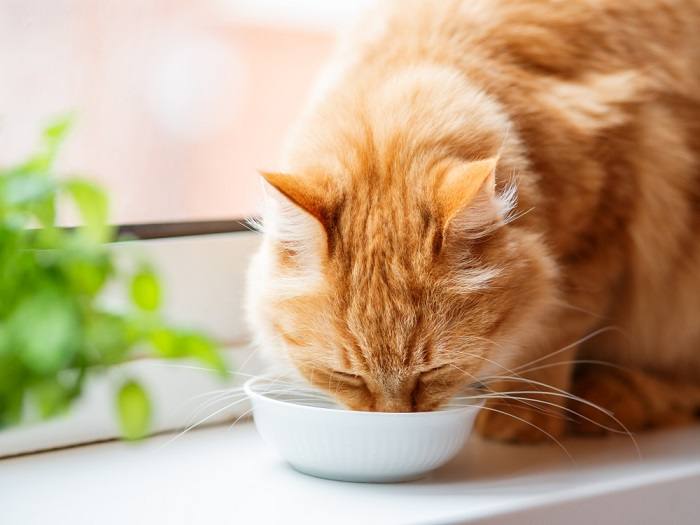
Cats must swallow Azodyl capsules whole, so you cannot mix the capsules’ contents into your cat’s food.
To be effective, your cat must swallow Azodyl capsules whole. The acid-resistant capsule protects the bacteria inside from being digested before it reaches the bowel. This means that you cannot break the capsules up or sprinkle the contents on food to make it easier to administer. In fact, a recent study showed that Azodyl sprinkled on the food of cats with chronic kidney disease had no effect.
The manufacturers also recommend that it be given on an empty stomach for the best results, which makes administration even trickier. The best way to administer Adozyl is directly into your cat’s mouth an hour before or two hours after a meal.
Also Read: How To Give Your Cat A Pill (With 7 Proven Tips!)
Side Effects of Azodyl for Cats
There are no known side effects from using Azodyl. However, occasionally cats struggle to swallow the capsules whole, which can cause them to vomit them up whole. Ensuring your cat has free access to fresh drinking water after administration can help them to swallow the capsule completely.
Overdose and Emergencies
There is no published data on the effects of an overdose of Azodyl. But in the event of an overdose of Azodyl, you should contact your veterinarian immediately for advice.
Potential Drug Interactions With Azodyl
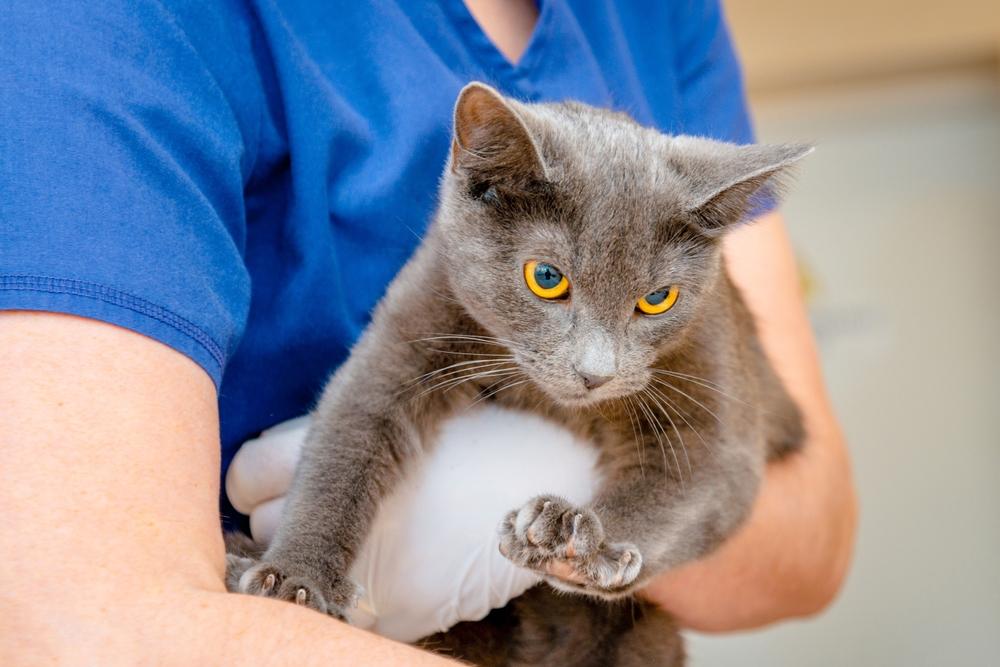
Azodyl has no know side effects, but if you notice any issues while your cat is taking it, notify your veterinarian.
There are no known drug interactions with Azodyl. The manufacturers also state that it is compatible with other treatments for kidney disease. Nonetheless, remember to tell your vet about any medications your cat is taking (including supplements or herbal remedies).
How To Store Azodyl
You should store Azodyl in the fridge. Some online retailers also recommend that it is shipped overnight on ice packs to protect the bacteria from high temperatures.
Drug Dosing Disclaimer: We are only able to provide doses for medications that are FDA approved for use in cats and only as the label guidelines dictate. For medications that are used off-label we can only provide guidelines and safety information for use. Safe and appropriate dosing for off-label medications can only be determined by a primary care veterinarian.
We encourage you to work with your veterinarian to determine if a particular medication is appropriate for your cat. Changing or adjusting a dose for your cat on your own without consulting with a veterinarian can carry risk. We do not encourage use of medications prescribed for human use in pets without first consulting with a primary care veterinarian.
Frequently Asked Questions
Is Azodyl safe for cats?
Azodyl does have any known side effects. The manufacturer also states that it is safe to use with other renal therapies. That said, it is wise to monitor your cat when taking any new medications.
How do you feed Azodyl to cats?
Azodyl must be taken whole and, ideally, on an empty stomach. There are several ways to give the capsule to a cat, including a pill-popper device and giving them an extra bit of water to encourage them to swallow.
Can you sprinkle Azodyl on food?
No, Azodyl is most effective when taken whole. This is due to the capsule's protective exterior, which contains the bacteria until it reaches the bowel.
Is Azodyl effective?
A few studies point to Azodyl's effectiveness in cats, as well as humans. However, most of these studies are supported or sponsored by the company that make Azodyl. We hope to see more non-sponsored research.
-
https://www.vetoquinolusa.com/products/azodyl
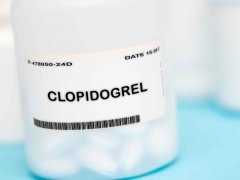

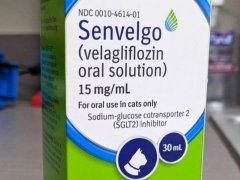
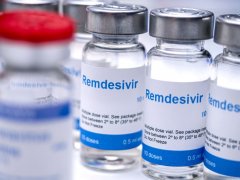
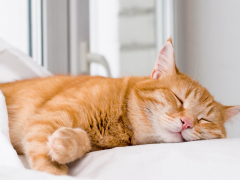


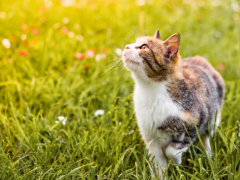
My young cat started experiencing kidney problems around thanksgiving. Spent 5 nights hospitalized. Bloodwork improvement stalled just outside normal values till we started her on Azodyl. Afterwhich is dropped dramatically into totally normal values and she’s gained 2 pounds. She’s doing great. Might be able to stop the special diet even.
My 18 yo cat has been on Azodyl for close to 6 months. There has been no significant improvement in his renal numbers BUT is quality of life has GREATLY IMPROVED!!! He jumps to the top of the cat tree which he has not done in a couple of years! He has gained weight, obviously he is more active.
I can’t say enough about Azodyl!
Thanks for sharing your experience! Hope your cat continues to feel better—I know it must be wonderful to see him feeling well.